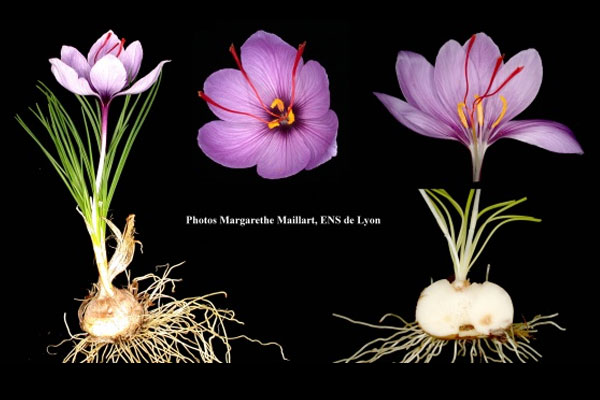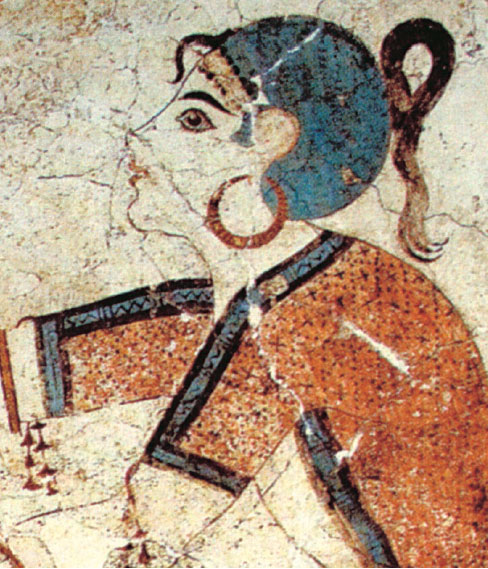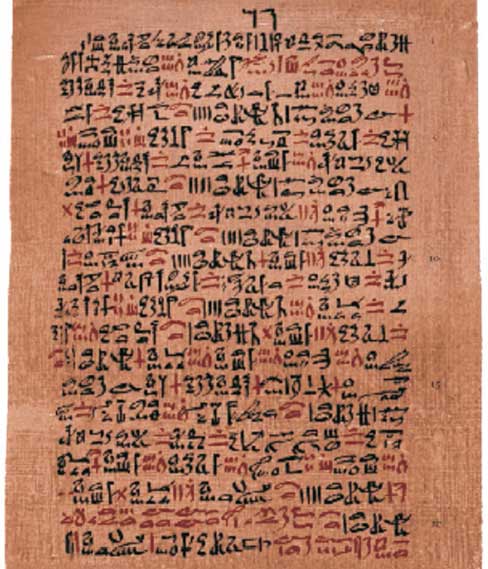The origins – Quercy saffron
~ Qu'est ce que le Safran ? ~

The wild ancestor of domestic saffron is Crocus cartwrightianus.
The plant from which we get saffron is Crocus sativa. Saffron is a perennial plant, 10 - 20cm high, with a globular bulb enveloped in a fibrous covering. It’s a bulbous plant of the Iris family, and the bulb is called a corm.
Saffron is a triploid plant which is not generated spontaneously; it can only reproduce by the multiplication of bulbs. All saffron bulbs are genetically identical, but the soil brings about small differences between one region and another. It’s for this reason that Quercy saffron has an excellent reputation.
It’s an inverse growth plant. During the summer it sheds its leaves and remains as a bulb. The flowers appear in October and the leaves grow from October to May.
The flower is composed of six pink/purple petals with violet veins.
Only the flower’s stigma are harvested – they are rich in aromatics and colouring and it is these, after drying, that become the spice.
The origins of the word
The word saffron comes from the Latin ‘safranum’ which in turn comes from the Arabic word ‘asfar’, meaning yellow, via the word ‘zafaran’ – the name of the spice in Arabic. Other sources, however, state that it comes from the Persian ‘Zarparan’, meaning gold, and another word meaning feather or stigma.
From the origins to today



A renaissance of Quercy saffron
In 1862 France exported 15 tons of saffron. However, after the industrial revolution, bad winters, advances in medicine and the cost of manual work, the production of saffron declined after the First World War. Techniques were forgotten, traditions died out, but some saffron plots remained in private gardens. Furthermore the discovery of some saffron bulbs around Cajarc, brought about the idea of recommencing production.
Quercy saffron – the resumption of agricultural production
A group of devotees at the heart of ASPEC relaunched saffron production in the Quercy and planted 19,000 bulbs. ASPEC and the Chamber of Agriculture of the Lot, founded the association of Quercy saffron growers.
The association of Quercy saffron growers
At present, around 60 enthusiastic men and women, with a love of their land, cultivate high-quality saffron in the Quercy on around three hectares. In autumn you can see thinly sown mauve fields in the beautiful Lot valleys and limestone plateaus.
Quercy saffron:
A sign of quality
To protect their specialist knowledge, the saffron growers of Quercy submitted their brand and business to the administrative authorities to obtain an Indication Géographique Protégée. Following a strict rule-book, Quercy saffron is distinguished by its quality: remarkable for its strong aroma and its red filaments.

Le Safranériorio
This conservatoire was created in 2001, with the aim of preserving the strain of Quercy saffron. Its historical research and surveys led to the discovery of around 80,000 ancient local stock bulbs on 30 sites in 1998. These plants, selected in Quercy since the 15th century are a determining botanical resource for the understanding and culture of the spice. The principal objective of the Safranério is the conservation and multiplication, the bulbs (or corms) of saffron descended from traditional cultivation by its members.
http://safranerio.fr





